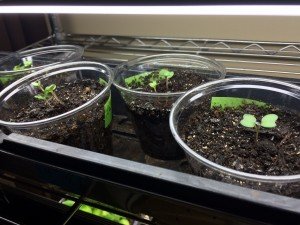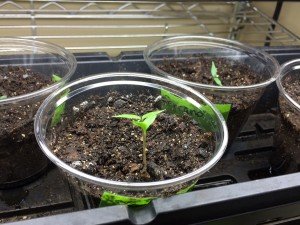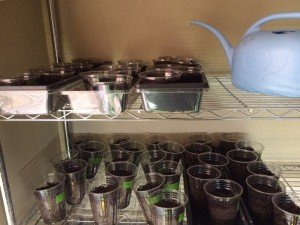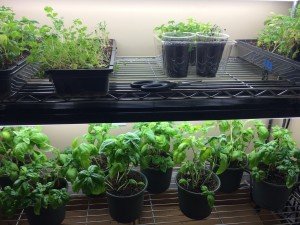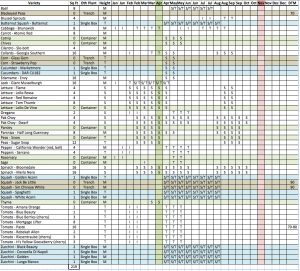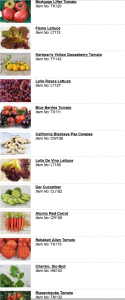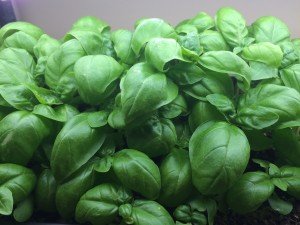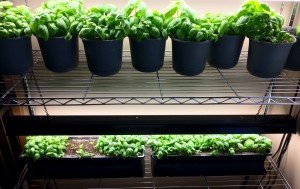Spring is a yearly invitation t0 new beginnings, and an annual reminder of age-old renewal. It is the time of year that I am certain Khalil Gibran wrote the words "And forget not that the earth delights to feel your bare feet, and the winds long to play with your hair."
But sometimes, life gets in the way.
Although life has gotten in the way for much of the past 3 years, permaculture additions over that time allow me to participate in this year's rebirth.
Last fall, thornless blackberries and raspberries were added, along with the fabled pawpaw tree and dwarf peaches. The pawpaws are just beginning to green out, but the peaches are blooming the prettiest pink blossoms.
Read MoreThis year, in particular, is full of new beginnings. I welcomed the New Year in with a toast and a cheer from my home in Apex, NC. Just a few months later, this native midwesterner calls Long Island, NY home.
The question I was asked most often about the move was, "Are you going to take your garden with you to New York?". I had 11 individual 4'x4' beds for annuals that constituted the main garden. Separately I had 3 individual 4'x4' beds that were permaculture consisting of asparagus in one, strawberries in another and herb garden in the third. The family that is buying my house in a few weeks will inherit these three boxes. The other 11 beds are disassembled and stored in the basement of the house I am renting for a bit.
The second most common question was, "Will you be able to grow anything in the cold up there?". This question was a curious one to me. I had check the Hardiness Zone Map and both Apex and most of Long Island are Zone 7b, but no one could believe that Long Island and Raleigh are roughly the same growing climate. Despite the incredulity of the south, I should be able to grow roughly the same varieties and seasons in NY as I did in NC.
For the first year while I rent, my growing will be restricted to hydroponics and containers. I am looking forward to a year from now, buying some asparagus crowns and a backyard to put them in!
Read MoreIt has rained all day, every day for a week now and the sky has run itself out of water! I stole this break in the rain to check on sown seeds and the herbs and berries.The back half of this box is mixed lettuces and the front left is daikon radishes. The front right is leftover bibb lettuce from a Victory Garden project at my son's school.The tomatoes and peppers are hardened off and ready to be planted in the beds. I have my own saved seed serranos as well as an heirloom yellow pepper this year and for tomatoes I am growing an heirloom grape tomato and trying my first F1 hybrid for a red slicing to improve yield.The blueberries are trying to live up to their names with a hint of purple starting to stand out against the green.The sage flowers have been a favorite of visiting bees but are ready for their spring pruning now.The chives are also sporting lovely dead head flowers and at last they seem to be truly established in my garden.Soggy but smiling!
Read MoreAutumn has arrived in North Carolina, bringing with it the final harvest of bell peppers, roma tomatoes and serrano peppers.The herb garden has brushed off the first few light freezes and stands ready to make meals fragrant and savory for months to come. I am confident that the thyme, oregano and sage will over winter well and hope that the french tarragon and parsley will also.Parsley is such a staple of fall and winter dishes that I have more growing on my deck. I have been poaching from the deck parsley for a few weeks thinking that it would not handle the frosts as well, but so far it is also doing wonderfully.In previous years I have repeatedly removed pine needles from the garden beds only to replace it with a different mulch. This year I have come to my senses and am embracing the pine trees taking care of mulching for me.Collards, carrots, cabbage and parsnips are tucked into their naturally (and effortlessly) mulched beds.The fall planting of sugar snap peas has been supplying tender pea shoots and now has peas forming as well.The hydroponic herbs were changed over 10 days ago to the varieties I know and love to cook with and are already doing quite well. I am growing 2 plantings each of my favorite basils and cilantros, 3 of the flat leaf parsley and just for fun I am trying to grow 2 red kales hydroponically.With the Super Bowl and attendant tomato starts almost 2 months away, this cozy, fall garden that is mostly taking care of itself feels like a recess.
Read MoreDay 46 of the prepackaged herb pack that came with my AeroBount and I have excellent basil growth, both genovese and thai. The mint was just starting to grow and the cilantro, parsley and chives never really took off. The genovese basil, while in the same family, is not the basil I usually grow. I do not know if it is a function of the variety or of the hydroponics but it bruises extremely easy and blackens quickly on warm dishes.My Baker Creek order came in last week with seeds for my hydroponic herbs and counter top microgreens so I decided to ditch the prepackaged herbs and start my own this weekend.My aero garden has space for 9 pods so I planted 2 of each except for the parsley that I planted 3 pods of because fall stews + parsley = YUM!
Read More


